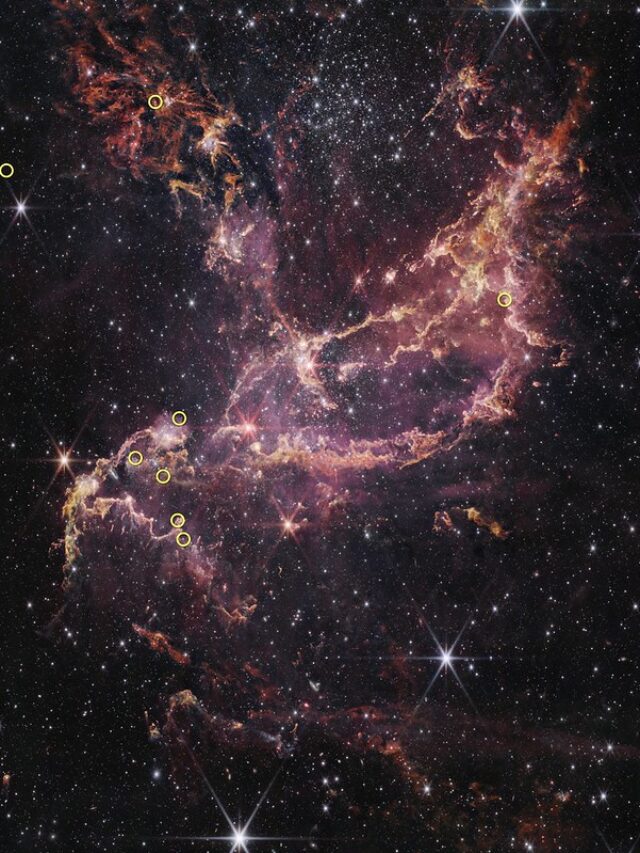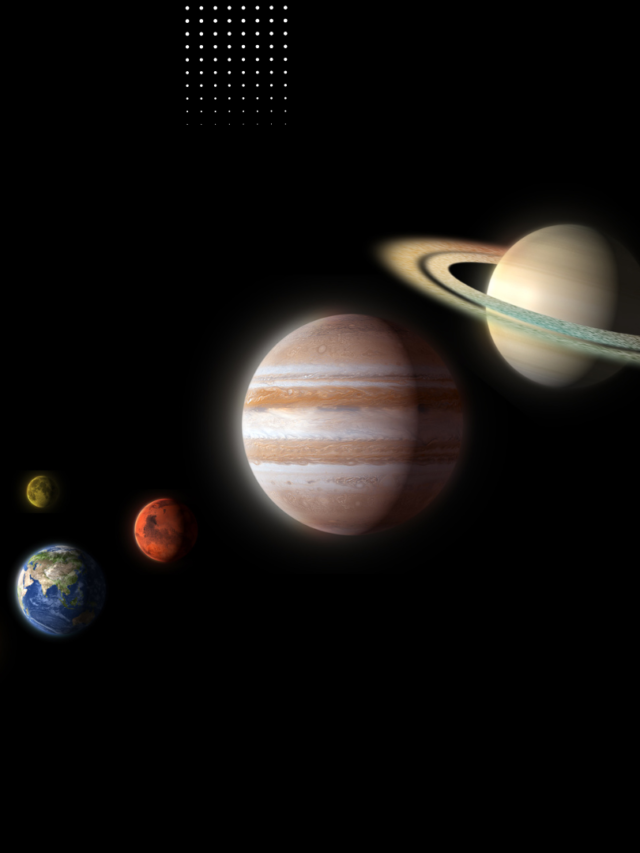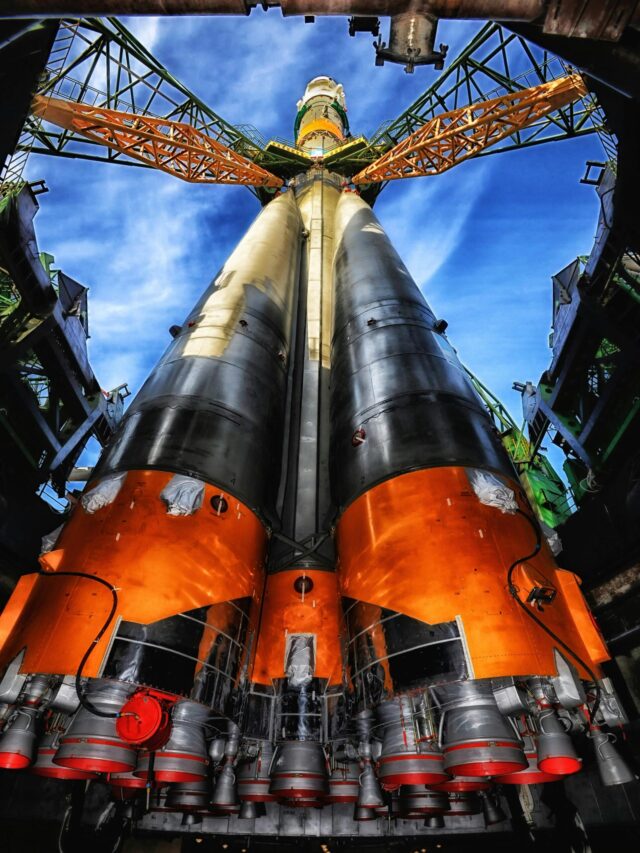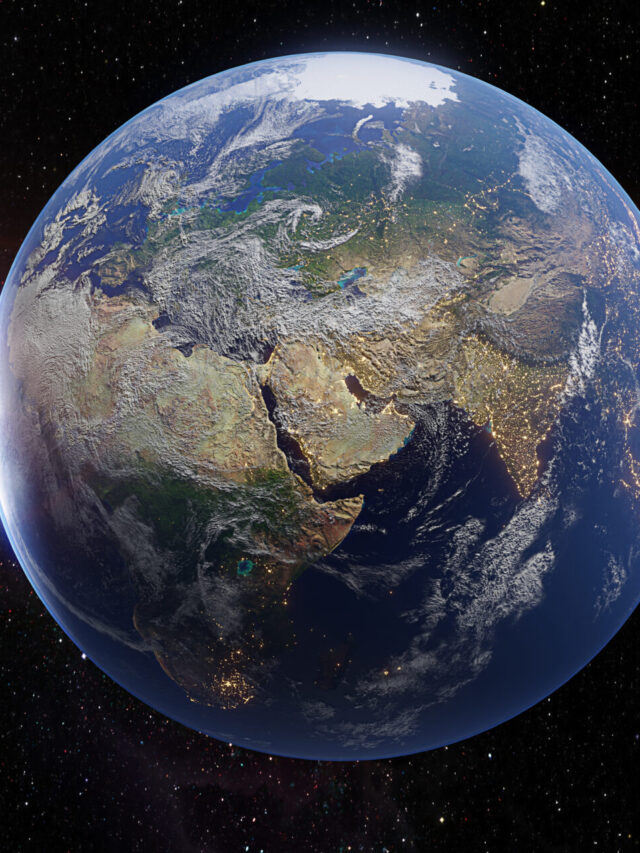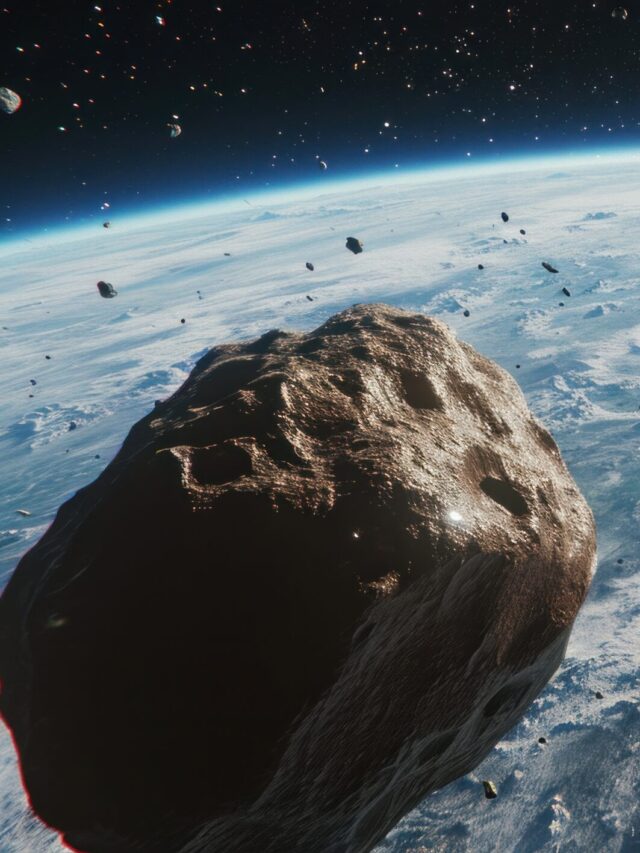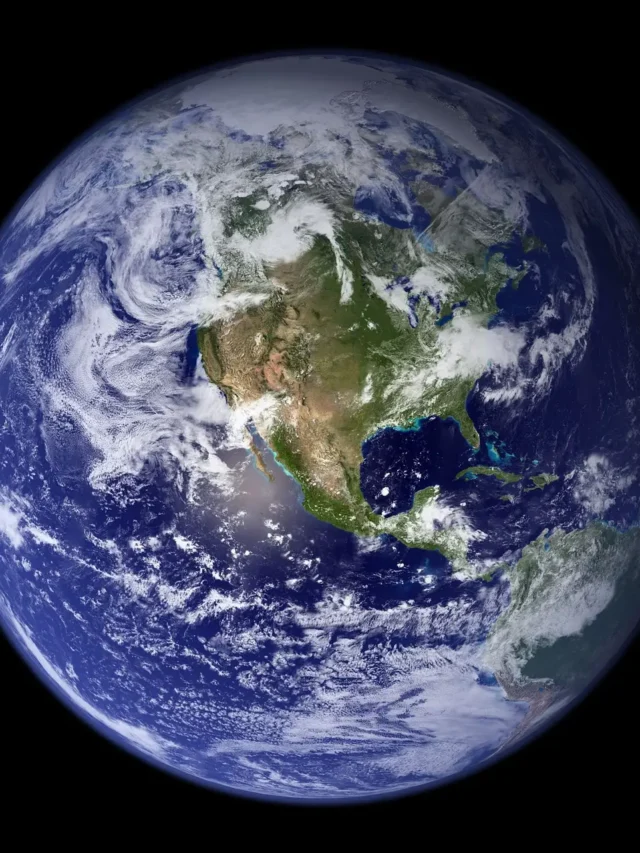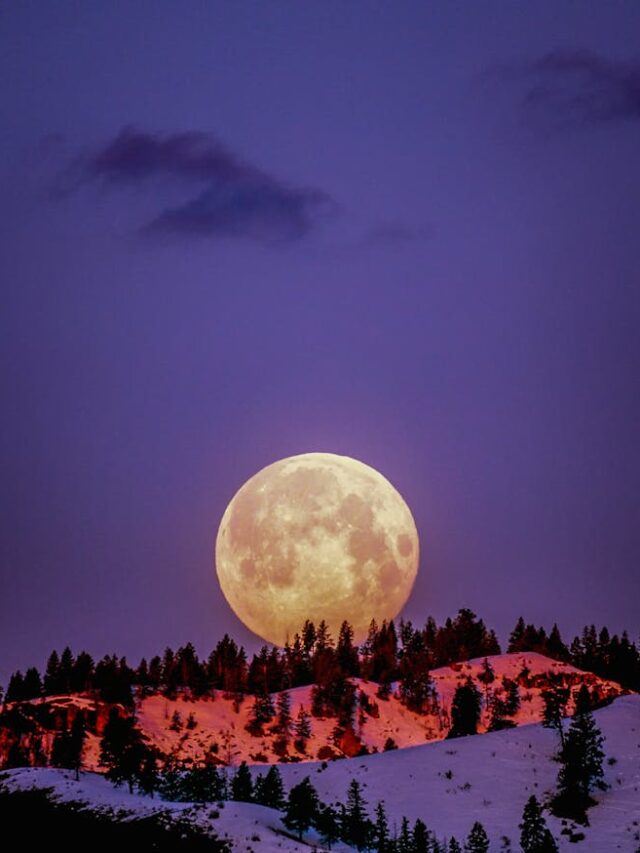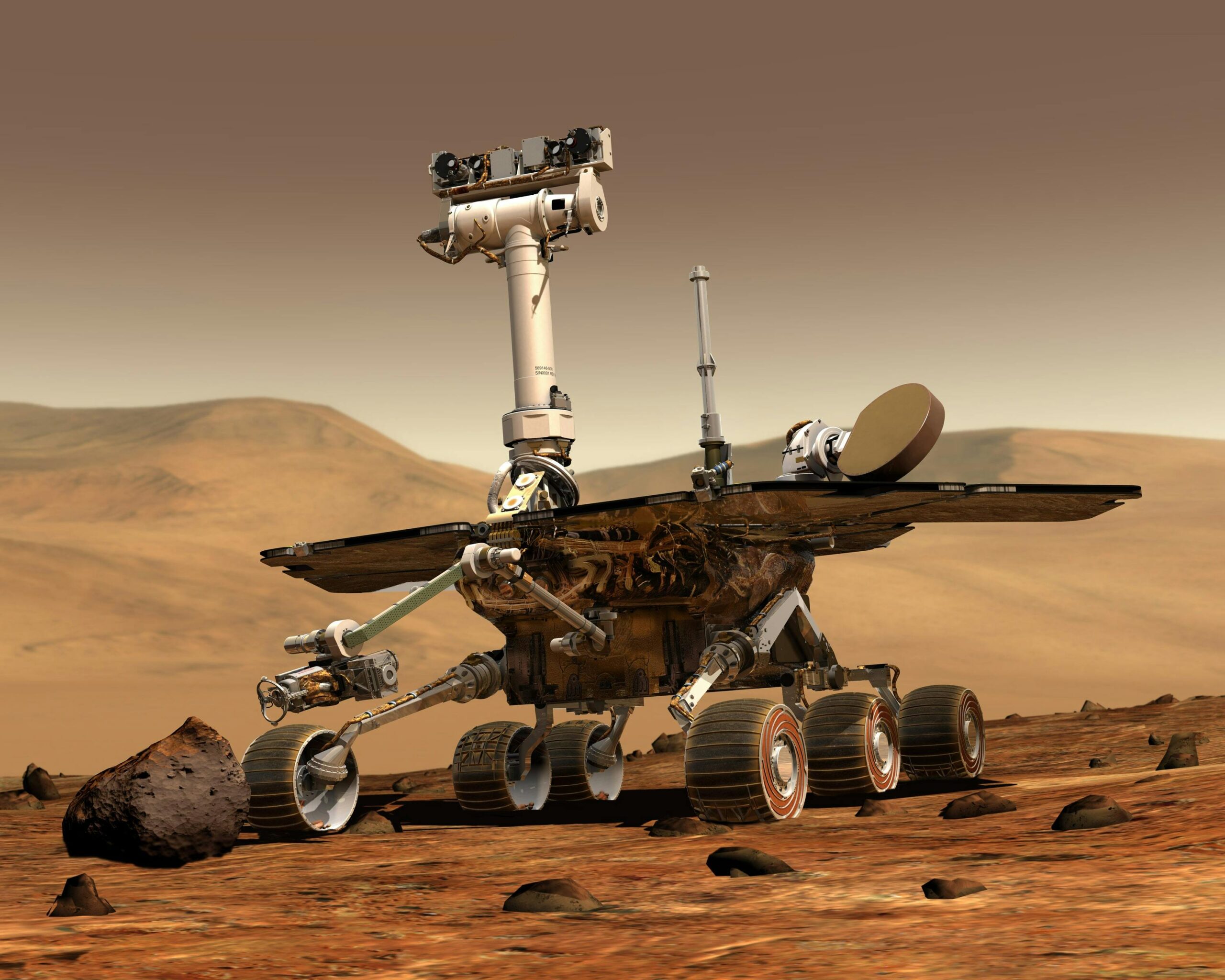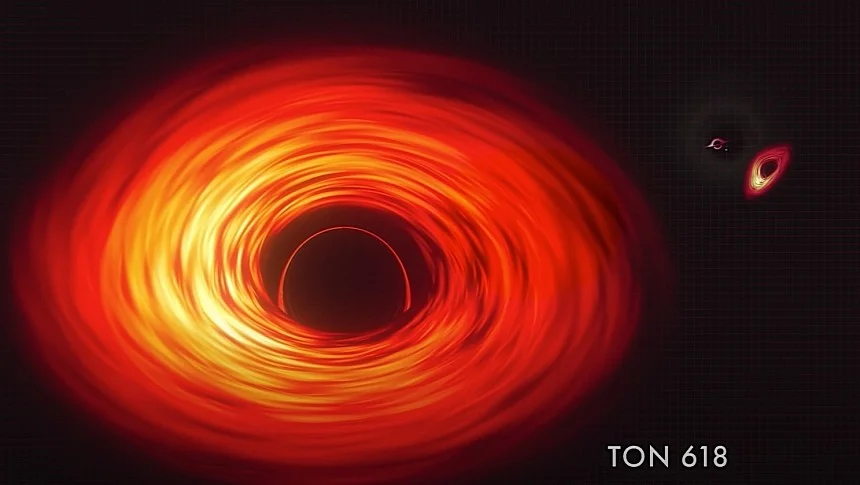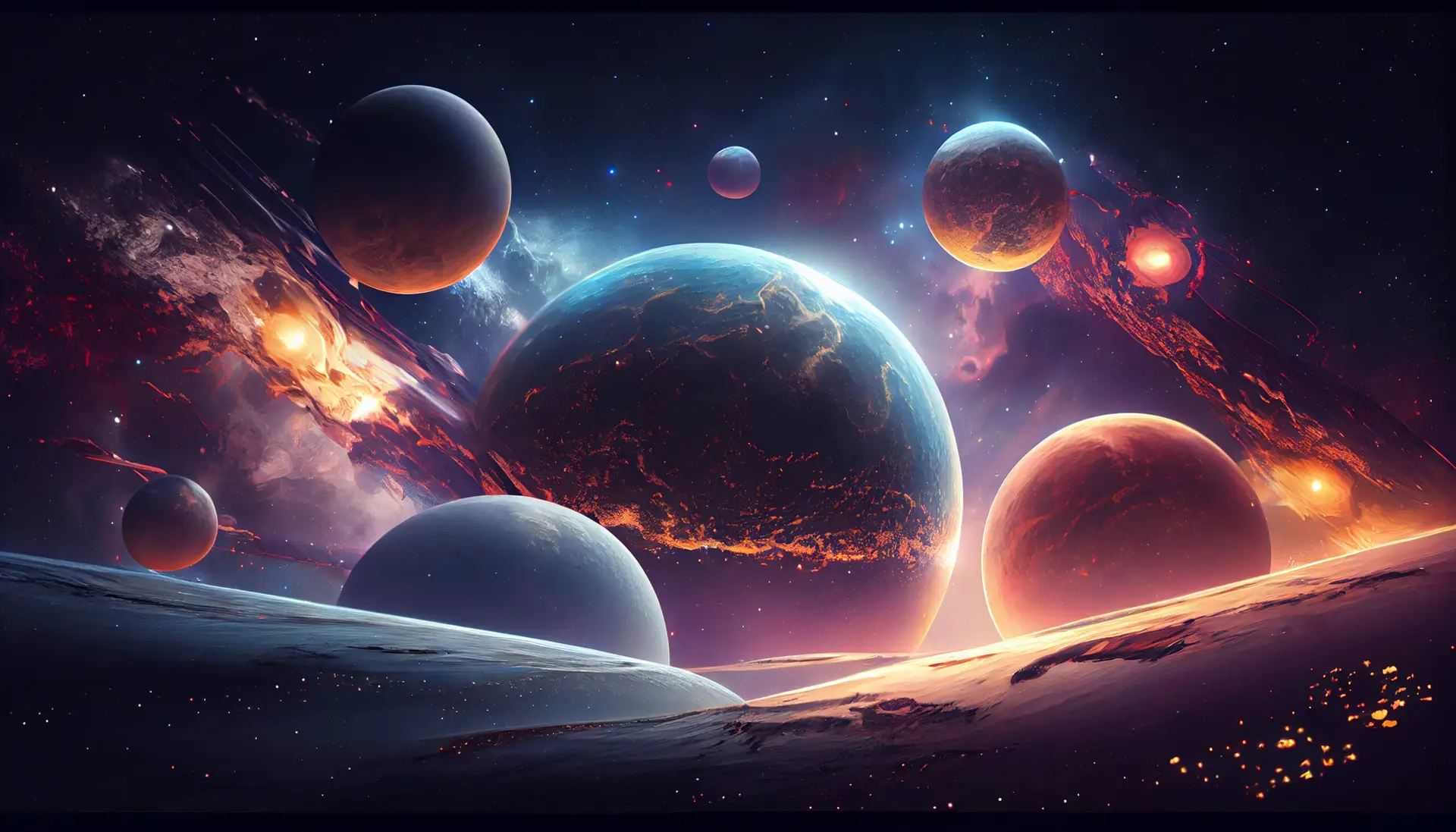Why Mars is Unique planet? Mars—the fourth planet from the Sun—has always fascinated astronomers, scientists, and stargazers alike. Known as the “Red Planet,” Mars holds a mysterious charm that continues to captivate human curiosity. But what exactly makes Mars so unique among the planets in our solar system? And why is it such a hot topic in space exploration in 2025?
In this article, we’ll dive deep into the wonders of Mars—its features, history, atmosphere, surface, and the latest missions that are shaping our understanding of this enigmatic world.

A Glimpse at the Basics
-
Name: Mars
-
Position: 4th planet from the Sun
-
Diameter: 6,779 km (about half the size of Earth)
-
Length of Day: ~24.6 hours
-
Length of Year: 687 Earth days
-
Moons: 2 (Phobos and Deimos)
-
Average Temperature: -63°C
-
Atmosphere: Thin, mostly carbon dioxide
Why is Mars Called the “Red Planet”?

Mars gets its reddish appearance from iron oxide, or rust, that covers its surface. From Earth, the planet appears as a bright, red-orange object in the night sky. This striking color has inspired myths, stories, and scientific interest for centuries.
Ancient civilizations associated Mars with war and aggression, mainly due to its blood-red hue. In Roman mythology, it was named after the god of war, Mars. That same energy continues to fuel our quest to explore this unique world.
READ MORE:Newly discovered GI 410 b
What Makes Mars So Unique?
Mars stands out for a variety of reasons, making it one of the most studied and talked-about planets in our solar system. Here’s why:
1. Earth-like Day Length
One of the coolest facts about Mars is that its day is almost the same length as Earth’s. A Martian day, called a sol, lasts about 24 hours and 39 minutes. This similarity makes Mars one of the best candidates for future colonization.
2. Seasons Like Earth
Mars has tilted axis (25.2 degrees) just like Earth (23.5 degrees), which gives it seasons—spring, summer, fall, and winter. However, Martian seasons last longer due to its longer orbit around the Sun.
3. Giant Volcanoes and Canyons
Mars is home to some of the most extreme geological features in the solar system:
-
Olympus Mons: The tallest volcano and mountain in the solar system, standing at 21.9 km (nearly 3 times taller than Mount Everest!).
-
Valles Marineris: A canyon system that stretches over 4,000 km—ten times longer than the Grand Canyon!
These features show us that Mars was once geologically active and may still have some underground volcanic activity.
4. The Mystery of Water
Mars has polar ice caps made of frozen water and carbon dioxide. In 2015, NASA confirmed the presence of liquid water in salty streaks on the surface, though they are seasonal and limited.
The past presence of rivers, lakes, and possibly even oceans on Mars has made scientists wonder—did life ever exist there?
5. Thin Atmosphere
Mars’ atmosphere is 100 times thinner than Earth’s and is made up mostly of carbon dioxide (95%), with tiny amounts of nitrogen and argon. This thin air:
-
Can’t support human life directly.
-
Doesn’t offer much protection from cosmic and solar radiation.
-
Allows temperatures to drop dramatically, especially at night.
6. Two Tiny Moons

Unlike Earth’s large moon, Mars has two small, irregularly-shaped moons—Phobos and Deimos. These are thought to be captured asteroids and are among the smallest moons in the solar system.
Mars and the Search for Life
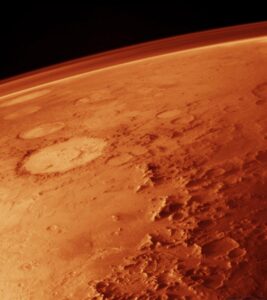
One of the biggest questions in space science is—Was Mars ever home to life?
Billions of years ago, Mars had:
-
Flowing rivers.
-
A thick atmosphere.
-
Possibly a magnetic field.
These factors make it possible that microbial life may have existed. While we haven’t found direct evidence of life yet, we’re getting closer. Rovers like Perseverance are now collecting samples that will eventually be brought back to Earth for analysis.
Mars Missions: Past and Present (As of 2025)
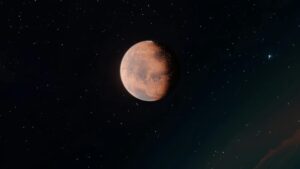
Mars exploration has come a long way. Here’s a brief timeline:
Past Missions
-
Viking 1 & 2 (1976): First successful landers on Mars, sent back the first real photos from the surface.
-
Spirit & Opportunity (2004): Rovers that explored vast regions and found signs of past water activity.
-
Curiosity (2012): Still active, this rover has been analyzing rocks and soil for signs of ancient life.
Current & Upcoming Missions in 2025
-
Perseverance Rover (2020–ongoing): Equipped with tools to detect biosignatures and collect samples.
-
Ingenuity Helicopter: The first aircraft to fly on another planet!
-
Mars Sample Return Mission (2027 target): Will bring Martian samples back to Earth.
-
China’s Tianwen-1 & Zhurong Rover: Conducting surface and orbital studies.
-
India’s Mars Orbiter Mission 2 (Mangalyaan 2): Expected to launch soon.
NASA, SpaceX, and international space agencies are also planning crewed missions to Mars, potentially in the 2030s.
The Idea of Colonizing Mars
With Earth facing issues like climate change, pollution, and overpopulation, Mars is often seen as a “backup planet”. Elon Musk’s SpaceX is at the forefront of this dream, aiming to send the first humans to Mars in the coming decades.
But colonizing Mars comes with big challenges:
-
Building habitats that can withstand radiation and cold.
-
Producing food and water.
-
Creating oxygen from the Martian atmosphere (experiments like MOXIE on Perseverance are already testing this).
Despite the challenges, the dream is alive and growing stronger every year.
Fun Facts About Mars
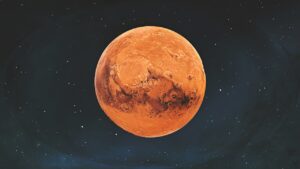
-
A Martian year is 687 Earth days long—almost twice as long as a year on Earth!
-
Mars experiences dust storms that can cover the entire planet.
-
Gravity on Mars is 38% of Earth’s. You could jump almost three times higher there!
-
Mars has the largest dust devils in the solar system.
-
Pieces of Mars have landed on Earth as meteorites!
Why Do We Love Mars So Much?
Mars represents mystery, adventure, and potential. It’s close enough to imagine visiting but far enough to remain a challenge. From sci-fi books and movies like The Martian to real scientific achievements, Mars continues to fuel our imagination.
Mars is unique because it’s:
-
Similar enough to Earth to make us feel a connection.
-
Different enough to challenge our minds.
-
Rich in history and future possibilities.
Whether we find ancient microbes, build cities on its dusty plains, or simply learn more about our own planet by studying it—Mars has a lot to offer.
Final Thoughts: The Future is Red
As we move deeper into 2025, Mars continues to be a central focus for space agencies and private space companies alike. With new missions being planned and cutting-edge research revealing more every day, the “Red Planet” is transforming from a distant mystery into a real destination.
The uniqueness of Mars lies not just in its geology or atmosphere but in what it represents: our urge to explore, to discover, and to expand the boundaries of human life.
Mars is not just a planet. It’s our next giant leap.
If you found this article insightful, feel free to share it with fellow space enthusiasts. For more cosmic content, stay tuned! 🚀🪐

